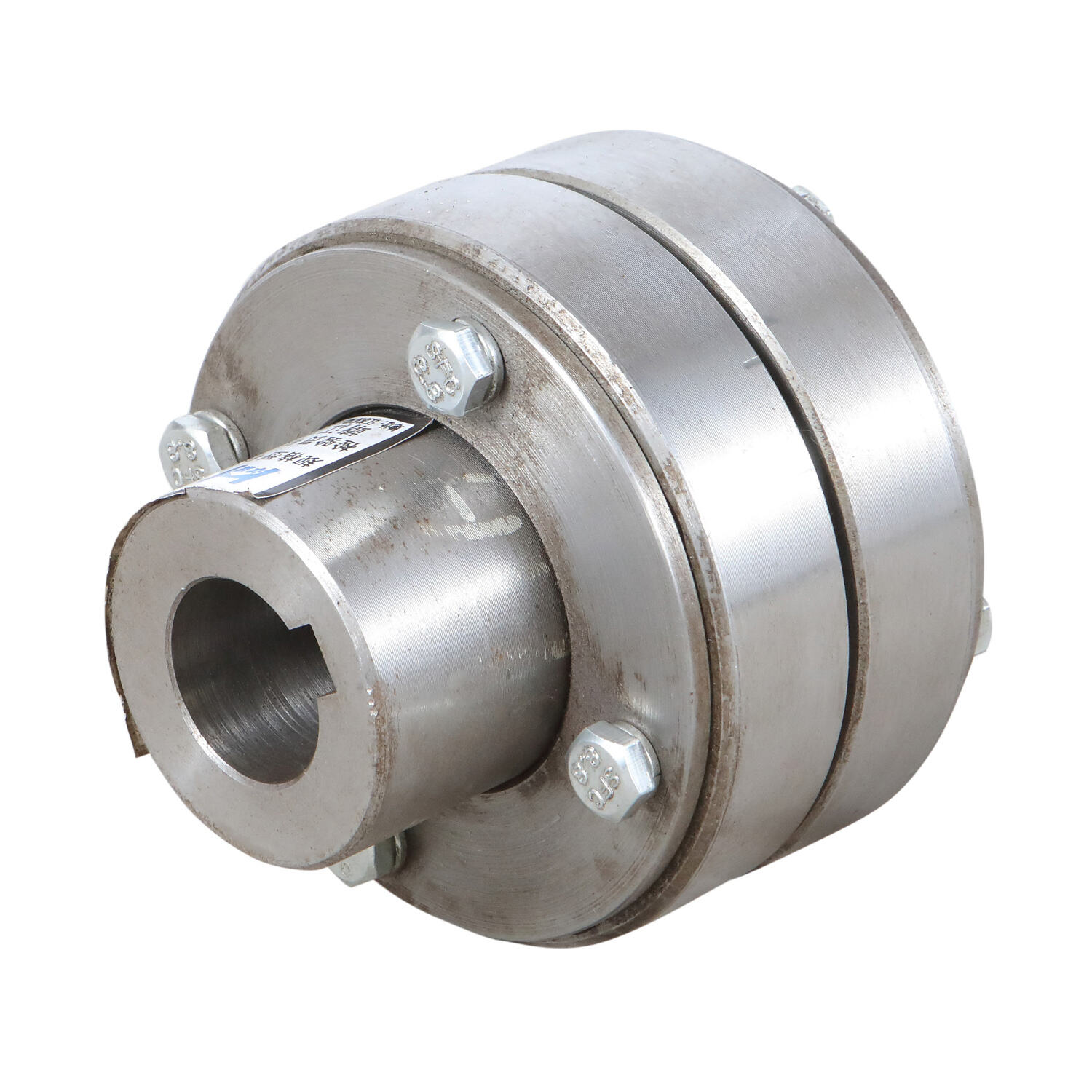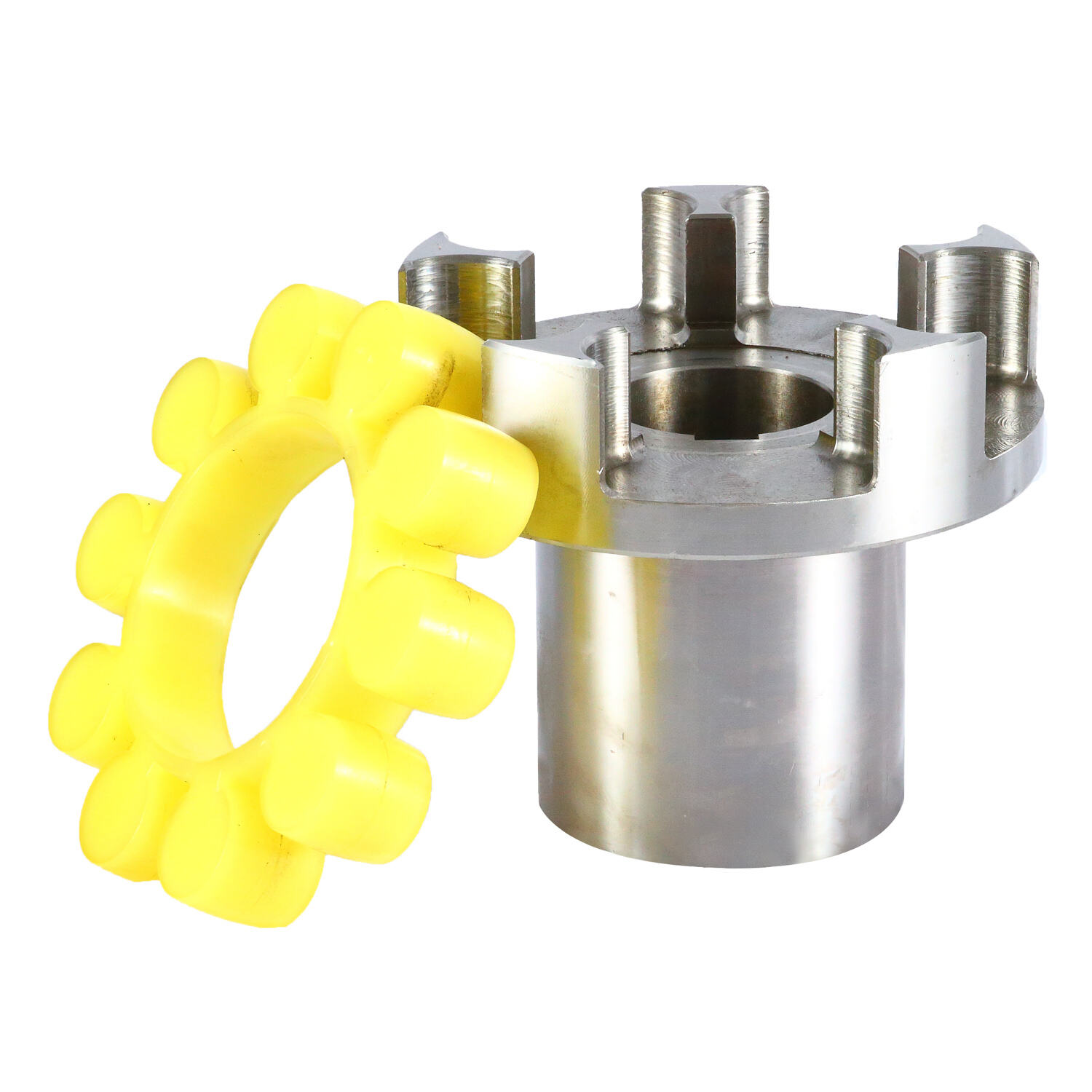drive shaft flexible coupling
A drive shaft flexible coupling is a crucial mechanical component that serves as a connecting element between two shafts, enabling power transmission while accommodating misalignment and movement. This sophisticated device consists of flexible elements, typically made from high-grade materials such as steel or advanced composites, designed to absorb and compensate for angular, parallel, and axial misalignments that naturally occur in mechanical systems. The coupling's primary function is to transmit rotational power efficiently while reducing vibration and protecting connected equipment from damage. These couplings come in various designs, including disc, gear, and elastomeric types, each engineered to meet specific application requirements. The flexibility of these couplings allows for thermal expansion, shaft movement, and installation tolerances, making them essential in applications ranging from industrial machinery to automotive systems. Modern drive shaft flexible couplings incorporate advanced features such as maintenance-free operation, enhanced durability, and optimized torque transmission capabilities. They play a vital role in ensuring smooth power transfer while minimizing wear and extending the life of connected equipment, making them indispensable in modern mechanical systems.


